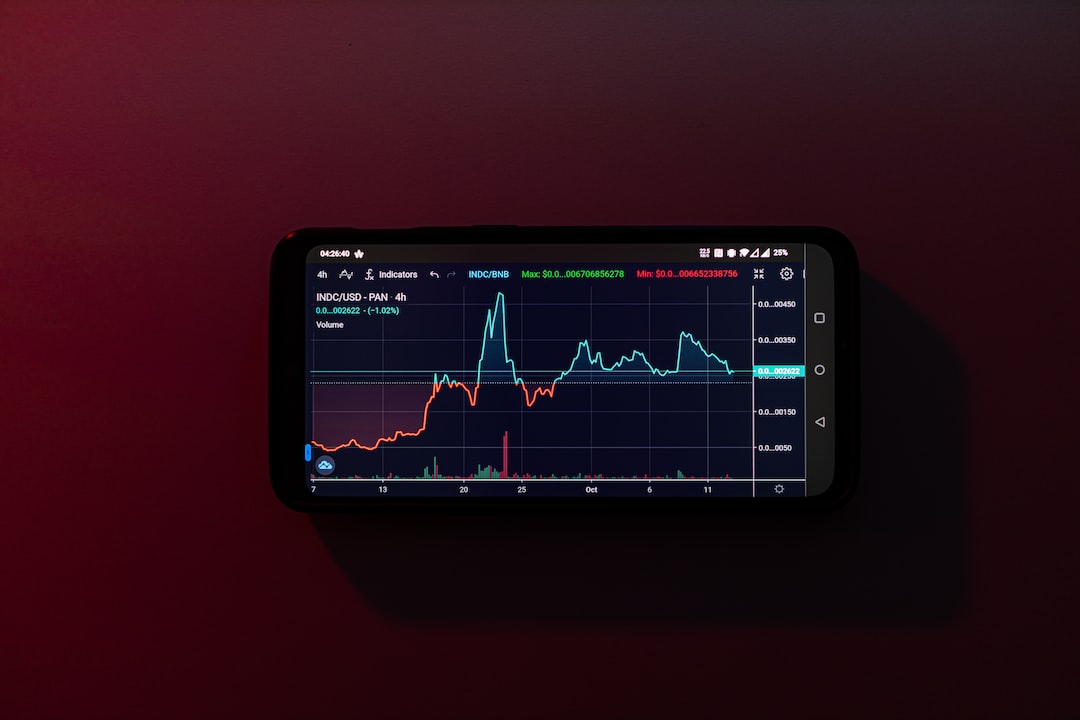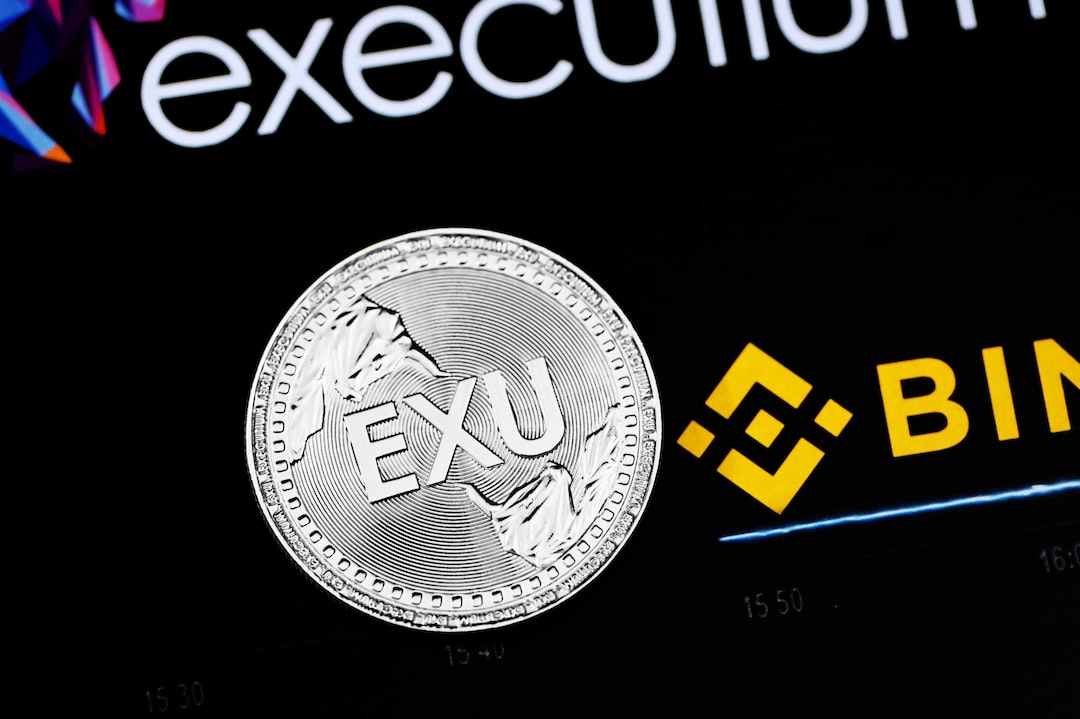For crypto to expand its user base beyond early adopters, it must prioritize user experience (UX) and offer a seamless and intuitive platform. According to Marcus Bengtsson, CMO at KYC firm Checkin.com, failing to optimize UX can result in significant revenue loss. Historically, crypto, Web3, and DeFi have struggled with UX challenges such as complicated wallet addresses and complex onboarding processes. However, the Web3 industry is making strides to improve the user experience. Here are five key technologies that are already enhancing the Web3 UX:
1. MetaMask Snaps: MetaMask, a popular crypto wallet, has introduced Snaps, which are third-party apps that enhance the wallet’s functionality. Snaps can connect to various blockchain protocols, provide transaction insights, notifications, privacy features, and more.
2. Streamlining KYC: Know Your Customer (KYC) processes have become simpler and more streamlined across platforms. Companies like Checkin.com offer KYC solutions that adapt to different regulatory environments while ensuring data security and GDPR compliance.
3. Smart contract wallets: Smart contract wallets eliminate the need for private keys by using code instead. This allows for programmable wallets with additional features like password recovery and account freezing.
4. Next-gen hardware wallets: Hardware wallets are becoming more user-friendly and intuitive. They now offer features beyond signing transactions, such as accessing NFT marketplaces and DeFi services through smartphones or browser extensions.
5. Gasless transactions: Gas fees have been a barrier to using crypto for everyday purchases due to their volatility. However, gasless transactions are being developed to mitigate this issue.
By leveraging these technologies and prioritizing UX, the crypto industry aims to make Web3 more accessible and user-friendly for a wider audience.
Hot Take: Enhancing User Experience is Crucial for Crypto Adoption
To achieve mainstream adoption, crypto must prioritize user experience (UX) and address its historical challenges. Complicated wallet addresses, convoluted onboarding processes, and security concerns have deterred many potential users. However, the Web3 industry is making significant progress in improving UX through various technologies.
MetaMask Snaps, for example, enhance the functionality of the popular crypto wallet by allowing third-party apps to integrate with it. Streamlining KYC processes and ensuring data security are also key developments. Smart contract wallets provide programmable features, making them more user-friendly and secure.
Next-gen hardware wallets are becoming more intuitive and offer additional functionalities. Lastly, gasless transactions aim to make crypto more suitable for everyday purchases.
By focusing on UX improvements, the crypto industry can attract a broader user base and drive mainstream adoption.





 By
By
 By
By
 By
By
 By
By
